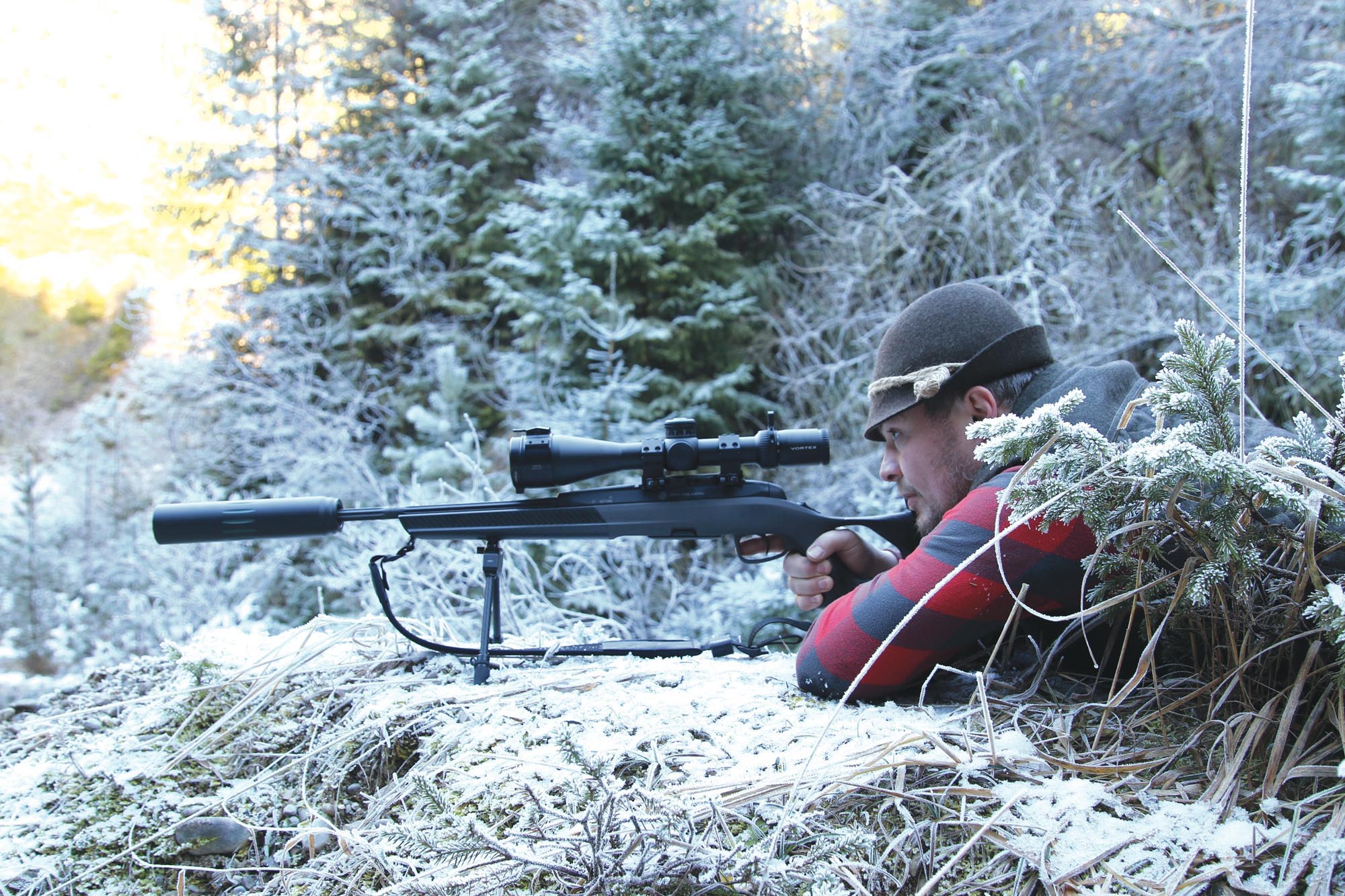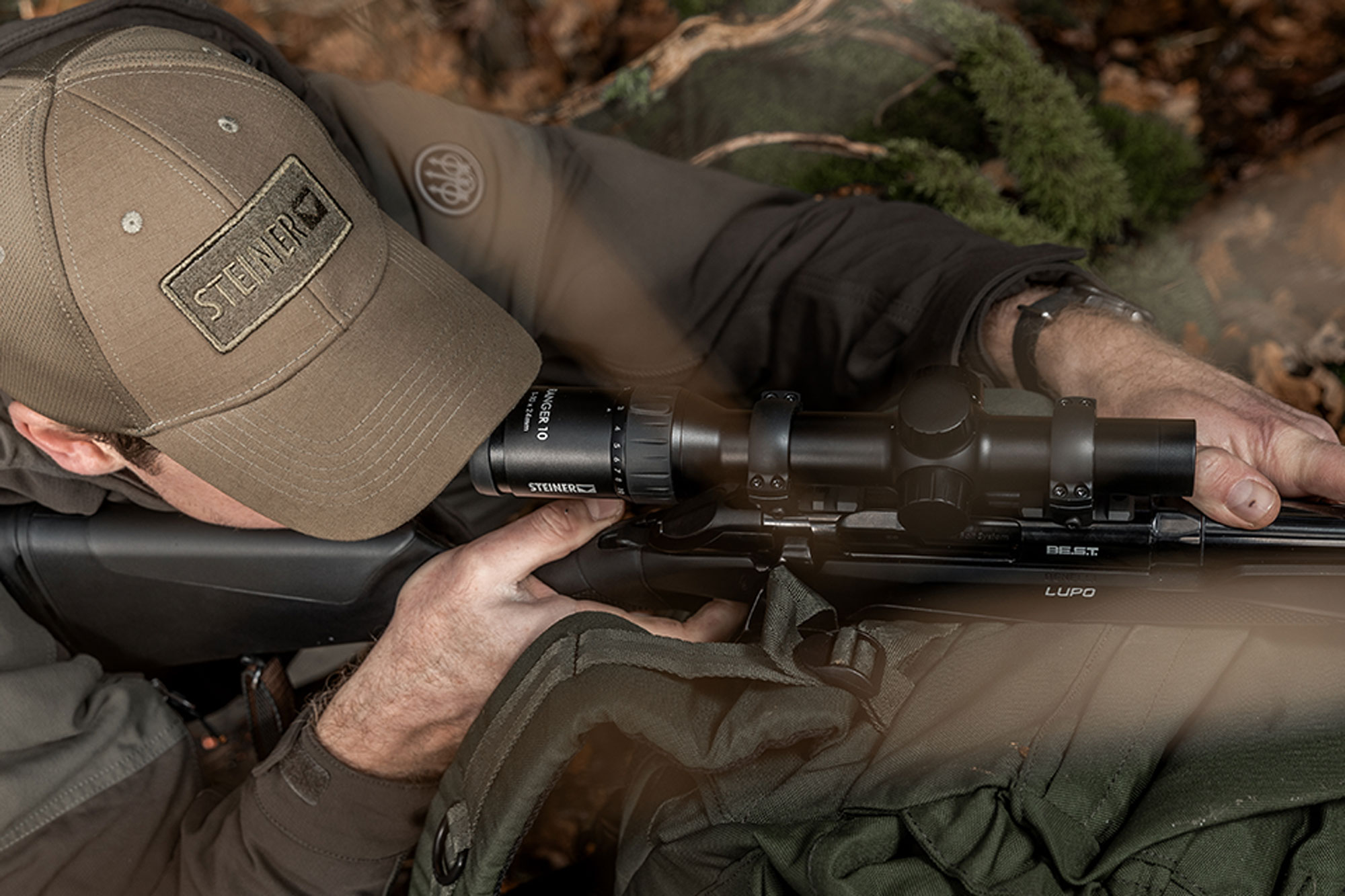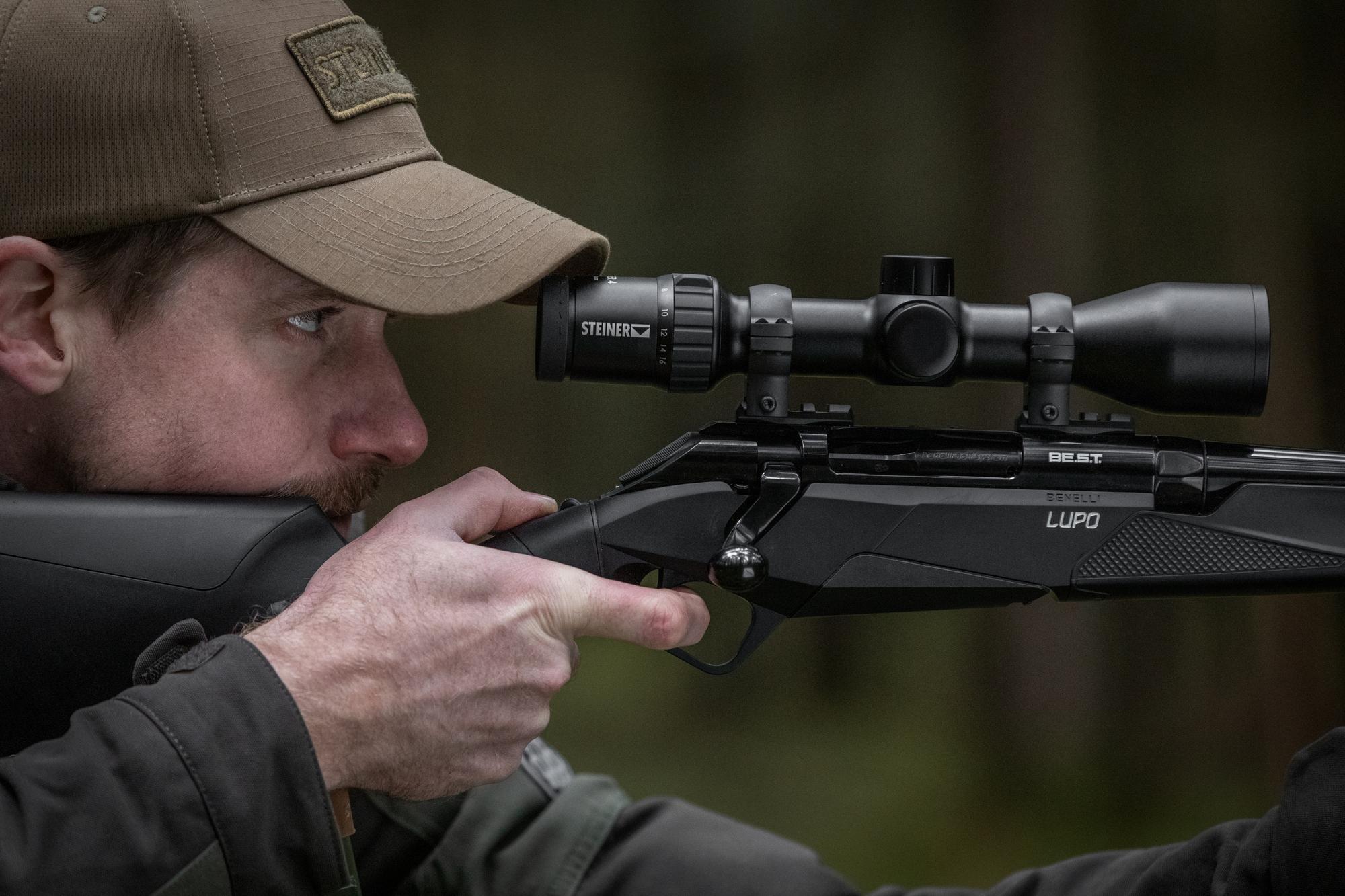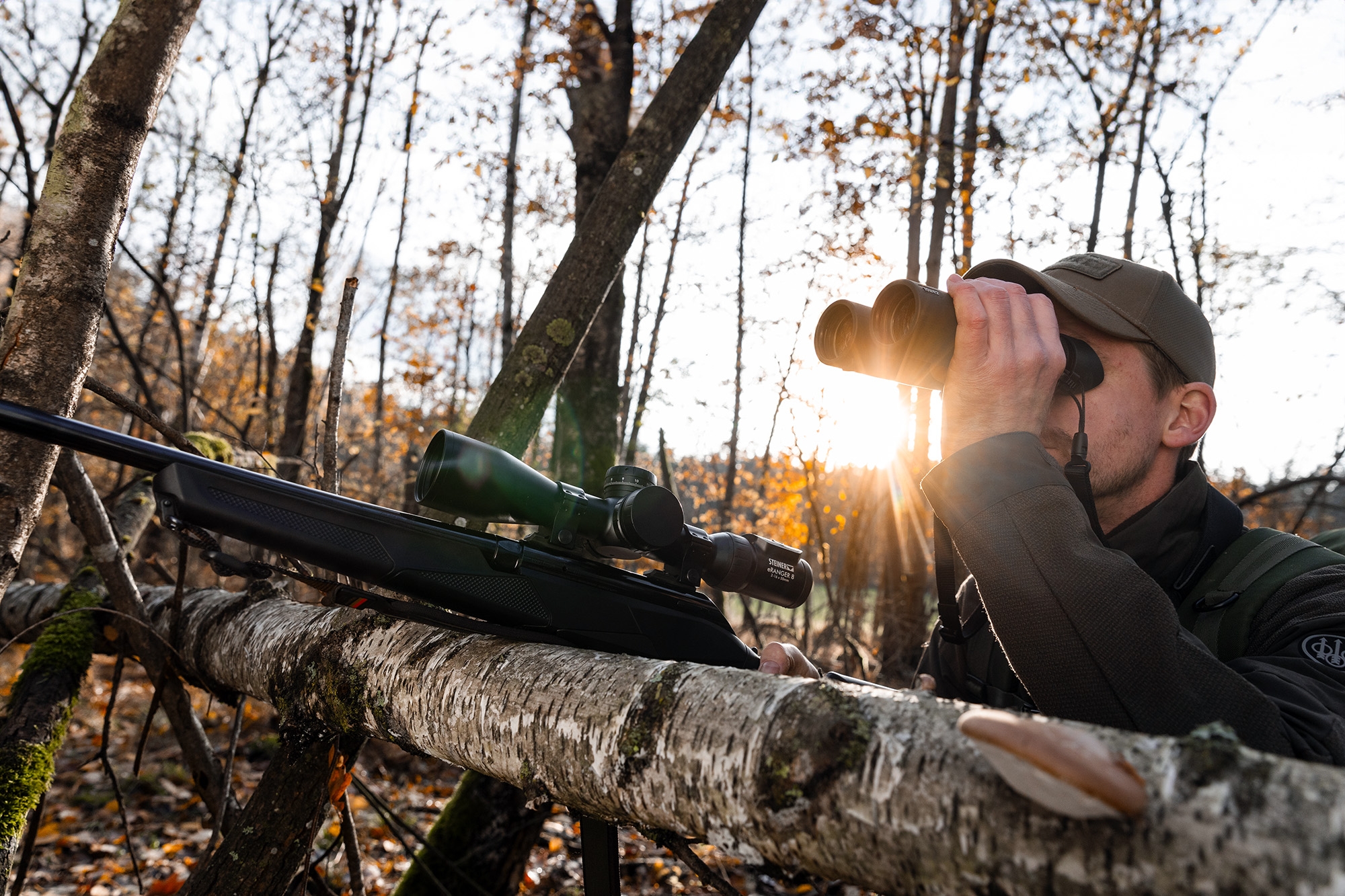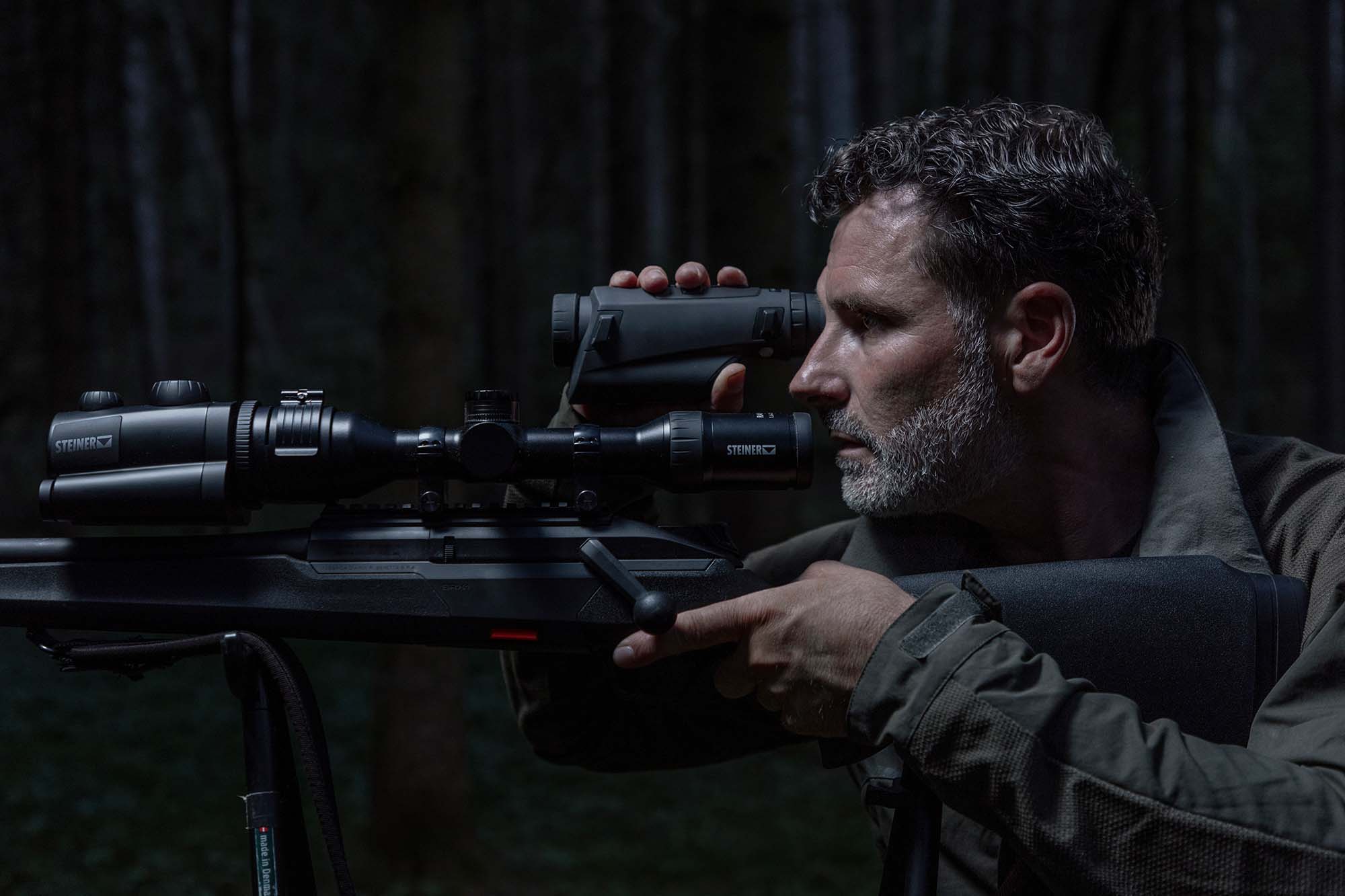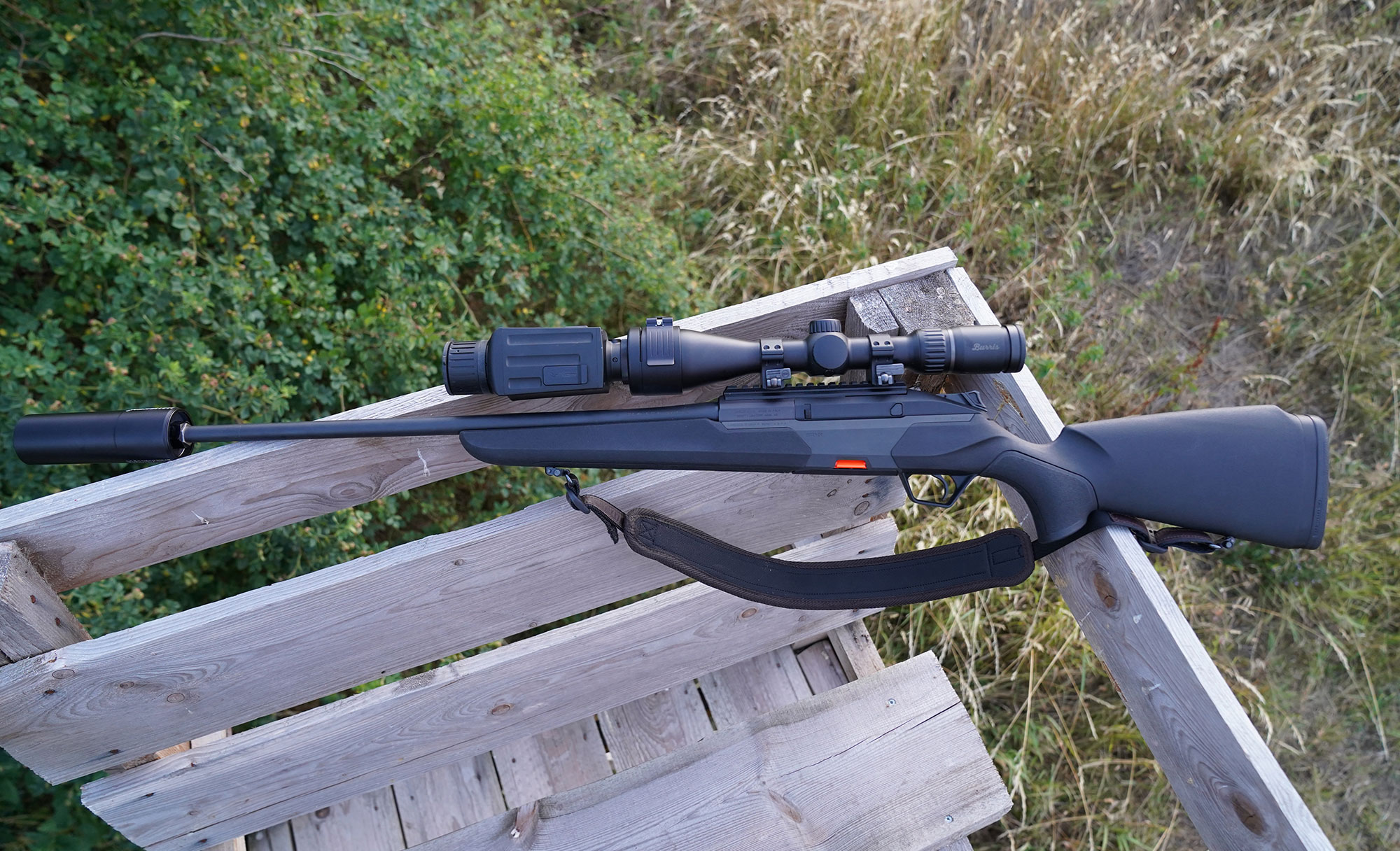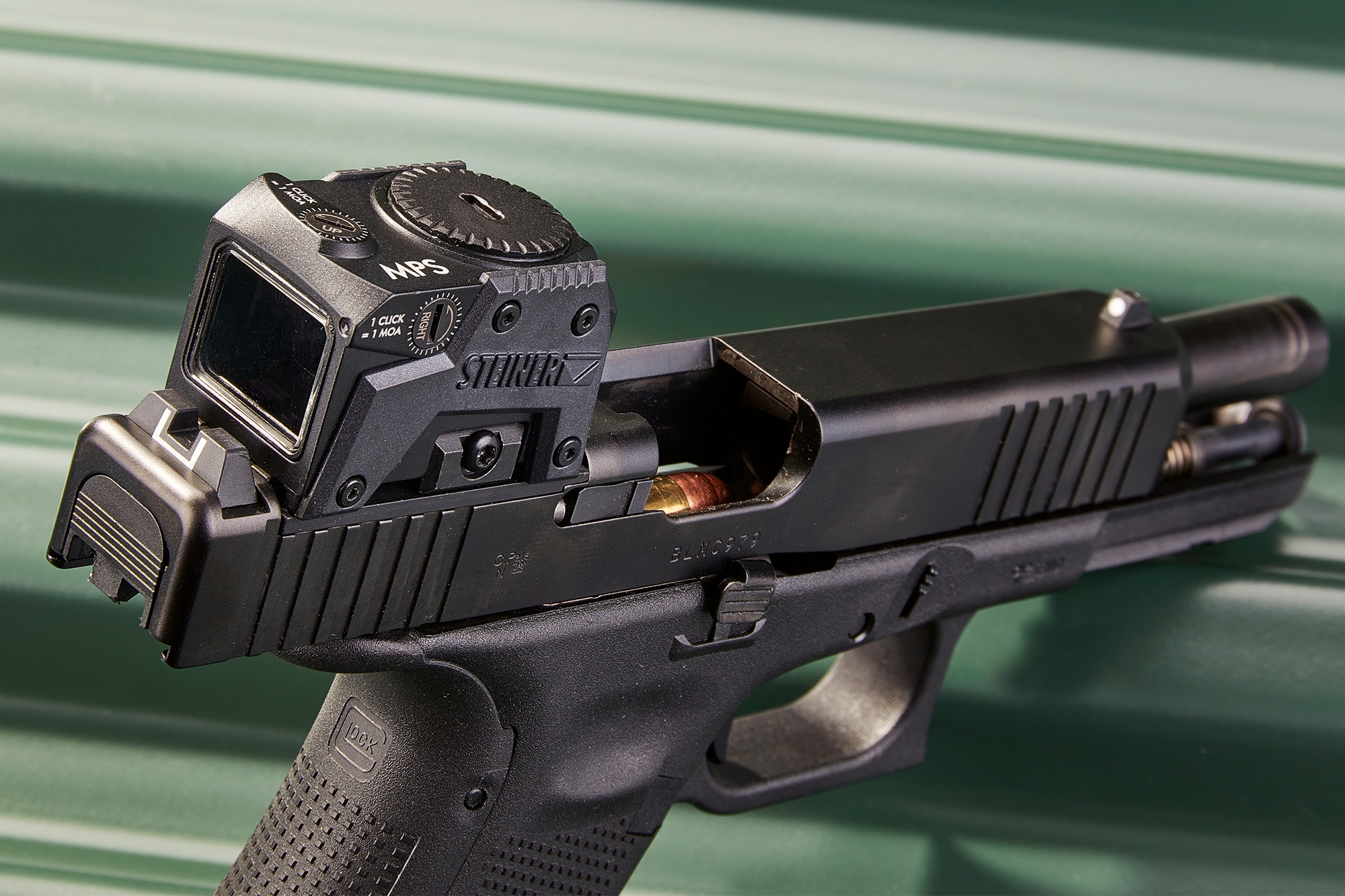Anyone who has served in the German Armed Forces is sure to have come across the Fero D12 sooner or later during their basic training. That's right: these are the 8x30 binoculars armored with a "olive-gray" rubber coating and featuring the integrated reticle for estimating the distance of objects of known size, which were actually manufactured by Steiner. But the company, based in Bayreuth, Franconia, Germany, not only equips the military and law enforcement agencies, it also has high-quality optics for the hunter, the sport shooter, the outdoorsman, and professional or recreational captain in its lineup. If you belong to one of these groups, you should not miss the following lines and our video.
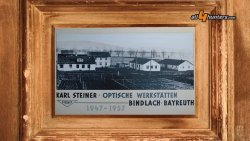
Steiner-Optik was founded in 1947 by Karl Steiner. At that time, the company built binoculars – a product that still occupies an important position in the company's catalog. Through orders for the military, the company then moved into other sectors.
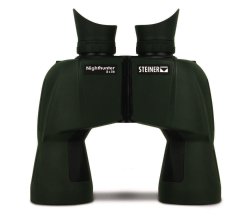
The focus was and still is on technical development in the field of optics, so the company has many milestones to show for its history. Many optical devices would be inconceivable today without them. One example is the development of the particularly rugged Makrolon housing in 1967. A feature that can also be found again to this day: Steiner itself attaches great importance to the robustness of its optics – binoculars & Co were able to gain a corresponding reputation. In 1973, things continued with the invention of nitrogen filling.
This ensures a fog-free view through the optics. In 1979, the first binoculars with an integrated compass were developed – these can still be found today in the current Commander series (more on this below). In 2000, Steiner then introduced the Nighthunter series, popular and well-known among hunters, which is characterized by particularly high light transmission and – as its name suggests – especially suitable for night hunting. For hunters and sport shooters, the introduction of a new line of riflescopes followed in 2012 with the Nighthunter XTREME series. In 2016, Steiner equipped the KSK (Kommando Spezialkräfte, the special forces military command of the German Army) with the scope for the G29 sniper rifle. Since 2014, Steiner has also had a focus on high-performance optronics: for example, Steiner released the first red dot sight with an integrated rangefinder, followed in 2021 by the introduction of the first thermal imaging device as a fully digital product.
Today, the company covers a wide range of optic products in different segments. These include sports, hunting, military and law enforcement, as well as marine and adventure. To conclude the history, here is a brief info on the ownership structure: since 2008, Steiner-Optik has been part of Beretta Holding. According to Steiner, it is the world market leader in professional binoculars and the world's largest manufacturer of military binoculars. 200,000-250,000 binoculars are manufactured annually, 80% of which are exported.
Hunting and sports: riflescopes, binoculars, sights and state-of-the-art thermal imaging technology from Steiner
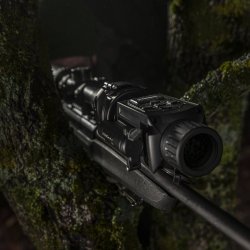
Most hunters and sport shooters are naturally familiar with Steiner's observation and aiming optics, which are intended for precisely these areas of application:
For the hunter, Steiner today has both observation and target optics in its catalog. In the latter case, the riflescopes are called Ranger and are divided into the Ranger 4, Ranger 6 and the recently introduced Ranger 8 series. The number in each case stands for the zoom factor. In each of the series, Steiner covers all types of hunting, from driven hunts and stalking to raised hide. In terms of observation optics, the traditional Nighthunter series is particularly worthy of mention. And Steiner is also at the forefront of thermal imaging technology, which is very much in vogue. With the H35 and C35 Nighthunter, the hunter is offered both an observation scope and a clip-on attachment.
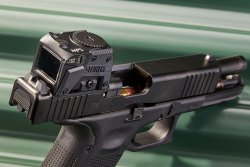
Sport shooters will find riflescopes for long range shooting in the M7 and M5 series and, with the M8Xi 1-8x24, a scope for dynamic disciplines. Many of the scopes are also available with the Steiner IFS – Intelligent Firing Solution. This provides the shooter all the important information in a configurable display in the field of view. The riflescopes are then joined by sights. Both so-called battlesights with fixed magnification from the S-Series and T-Series, and red dots: the Micro Reflex Sight (MRS) is intended in particular for long guns and is also suitable for hunters, while the Micro Pistol Sight (MPS) picks up on a current trend: equipping handguns with an optic. The MPS is positioned as a particularly rugged choice.
Hunters and sport shooters in particular also benefit from Steiner's broad range of products. During our visit, Steiner told us that features from the military sector are also repeatedly found in the sporting and hunting optics. This is particularly evident in the aforementioned durability of the products.
Marine and adventure: binoculars for seafaring and outdoor use
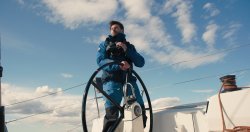
Less well known to hunters and sports shooters, on the other hand, are the binoculars from the Adventure and, in particular, Marine segments. Steiner is one of the leading manufacturers in the marine segment. For example, Steiner binoculars were featured in the Hollywood blockbuster Captain Phillips with Tom Hanks. The binocular in question was the Steiner Commander 7x50, which is available in a version with and without an integrated compass. Just as in the hunting, sports and government sectors, seafarers must also rely on the robustness of their optics, which is why Steiner says it places particular emphasis on durability here as well. The Navigator model is also available as a lower-priced alternative, either with or without a compass.
In the Adventure segment, on the other hand, Steiner caters to nature lovers, outdoor enthusiasts and birdwatchers. The range is divided into the Wildlife, Skyhawk 4.0, BluHorizons and Safari UltraSharp models. Depending on the area of application, variants with different magnifications, sizes and objective lens diameters are available.
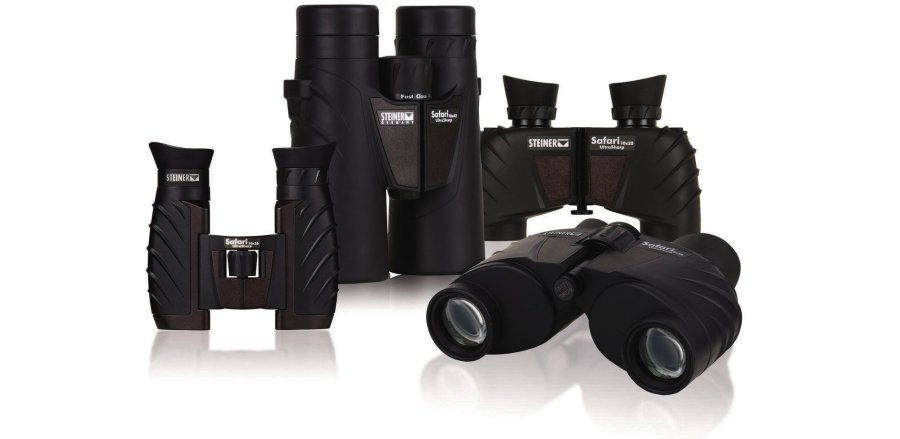
Sustainability: repairs – an important part of Steiner's DNA
Following on from the topic of durability, Steiner also attaches great importance to ensuring that customers can continue to use their product despite a defect. In addition, sustainability and environmental protection also play an important role. That's why Steiner emphasized during our visit that the customer can still rely on Steiner to repair a defective product. For example, the hunter doesn't have to throw away his tried-and-true Steiner glass if it get damaged. He/she can simply send it in for repair. Steiner offers a corresponding page on its website for this purpose and provides direct information (if out of warranty) about the costs.
For more details on the sustainability concept, synergies between the segments and much more background info on Steiner, watch the video above.


